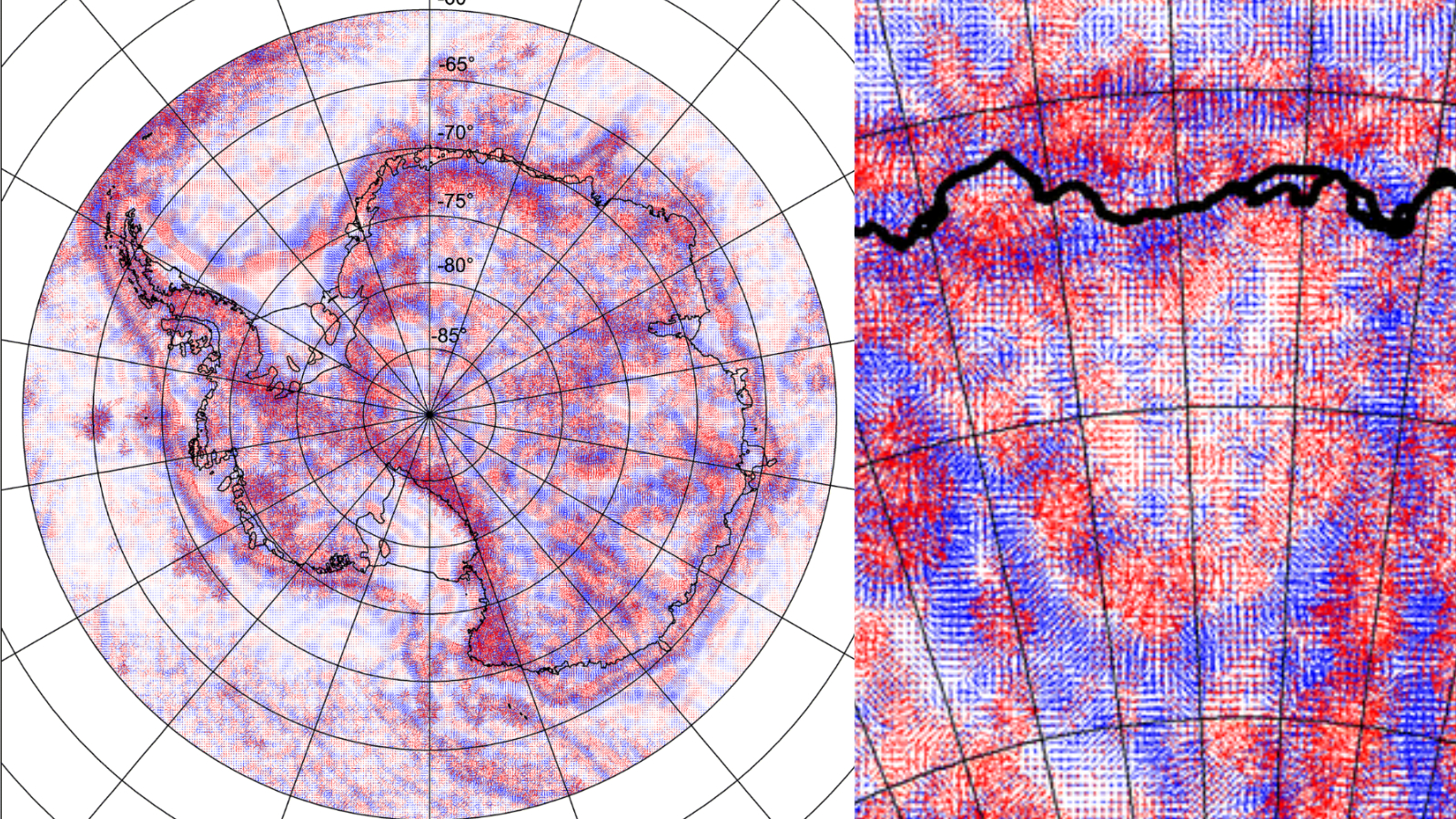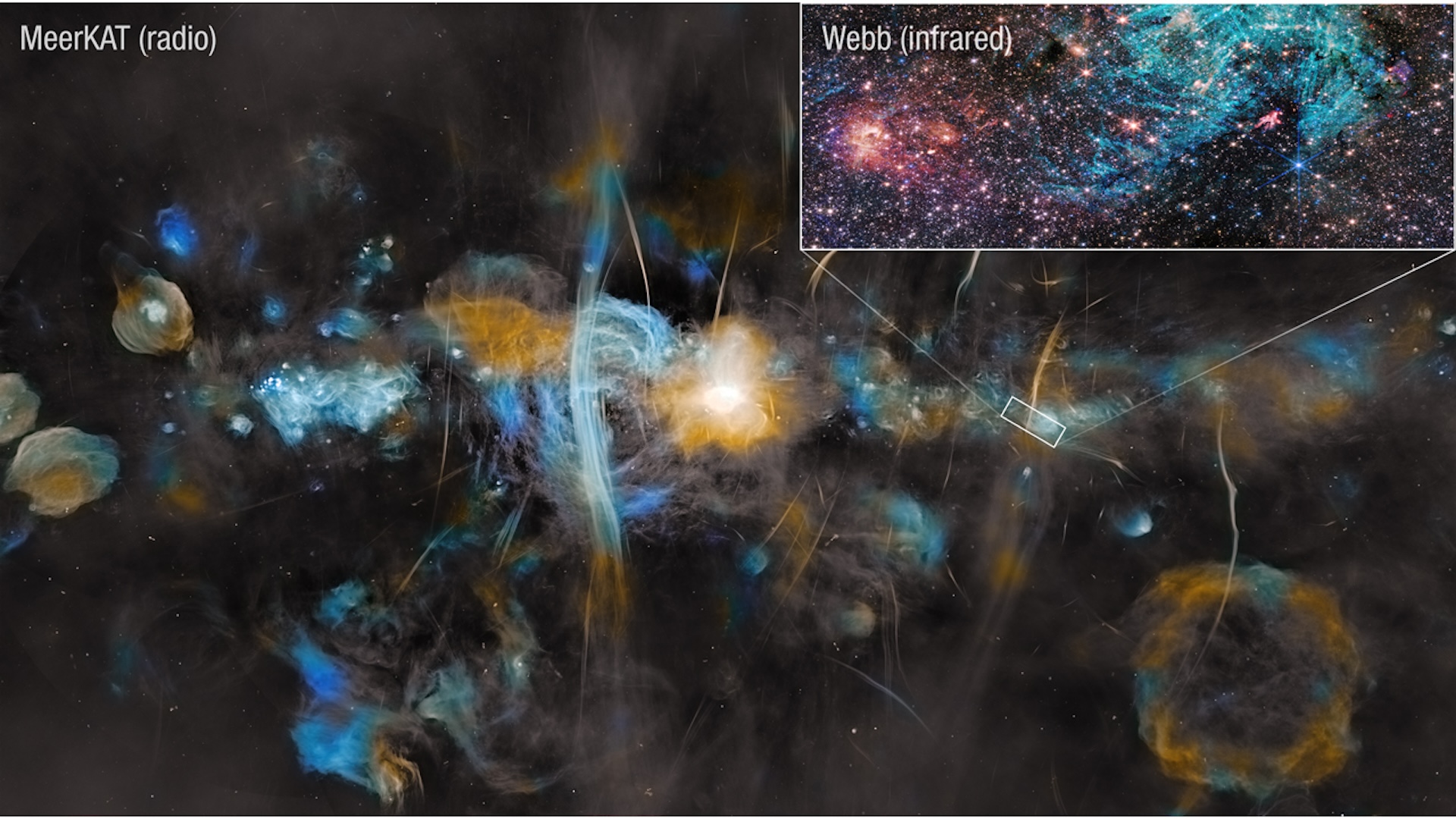Watch the moon's shadow race across US on first anniversary of historic total solar eclipse — Earth from space
Multiple spacecraft captured the moon's shadow sweeping across North America at more than 1,500 mph during the 2024 total solar eclipse, as millions of people looked up to witness totality.
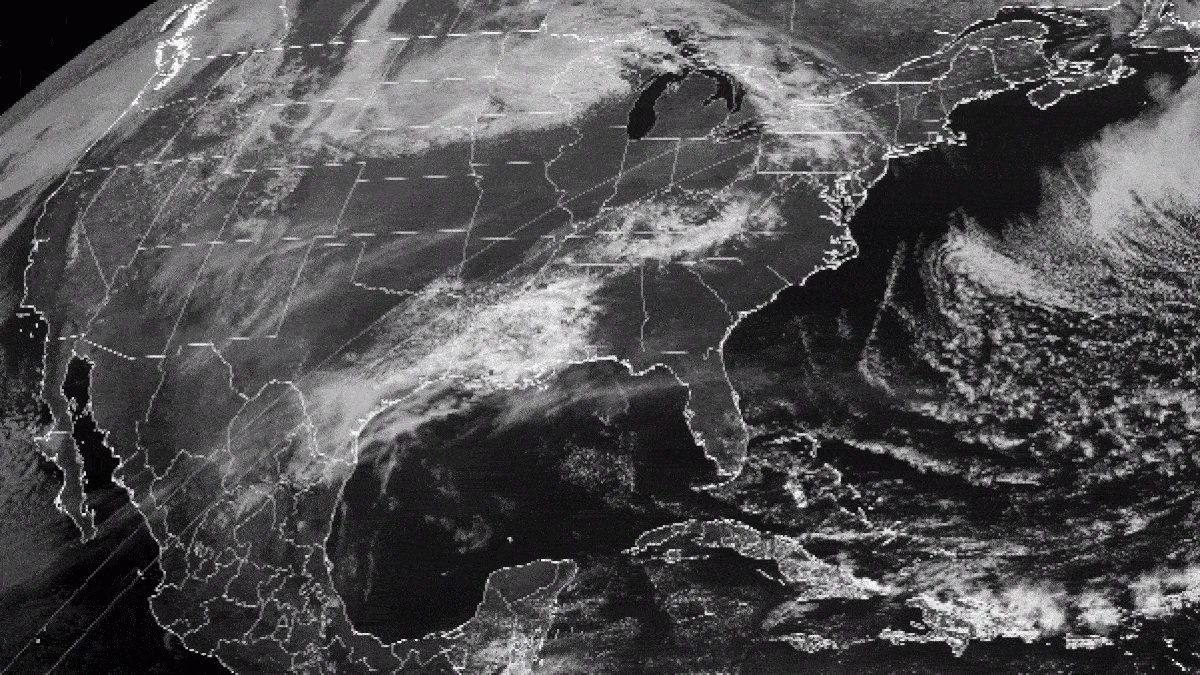
Where is it? North America
What's in the video? The moon's shadow, or umbra, passing over the continent
Which satellite took the video? GOES-16
When was it taken? April 8, 2024
This striking satellite footage shows the moon's shadow racing across North America at more than 1,500 mph (2,400 km/h) during 2024's historic total solar eclipse, when several unique phenomena were observed as day briefly turned to night.
On April 8 last year, tens of millions of people in the U.S., Canada and Mexico looked up to the skies to see the moon temporarily block out our home star. During the event, totality — the period in which the sun is completely obscured — lasted up to 4 minutes and 28 seconds, depending on the viewer's location. This was the first total solar eclipse visible from the continent since 2017, but the longest totality there for 54 years.
From space, the darkest part of the moon's shadow, or umbra, slowly swept across the continent from western Mexico to eastern Canada over roughly 4 hours, allowing satellites and astronauts to snap some stunning shots of the event.
NOAA's 16th Geostationary Operational Environmental Satellite (GOES-16) was one of these orbital observers. This spacecraft is geostationary, meaning that it orbits Earth at the same speed as the planet spins, allowing it to watch one part of Earth from a fixed position. From its vantage point around 22,300 miles (36,000 kilometers) above North America, the satellite captured thousands of photos that were later digitally stitched together into the time-lapse video above.
Related: See all the best images of Earth from space
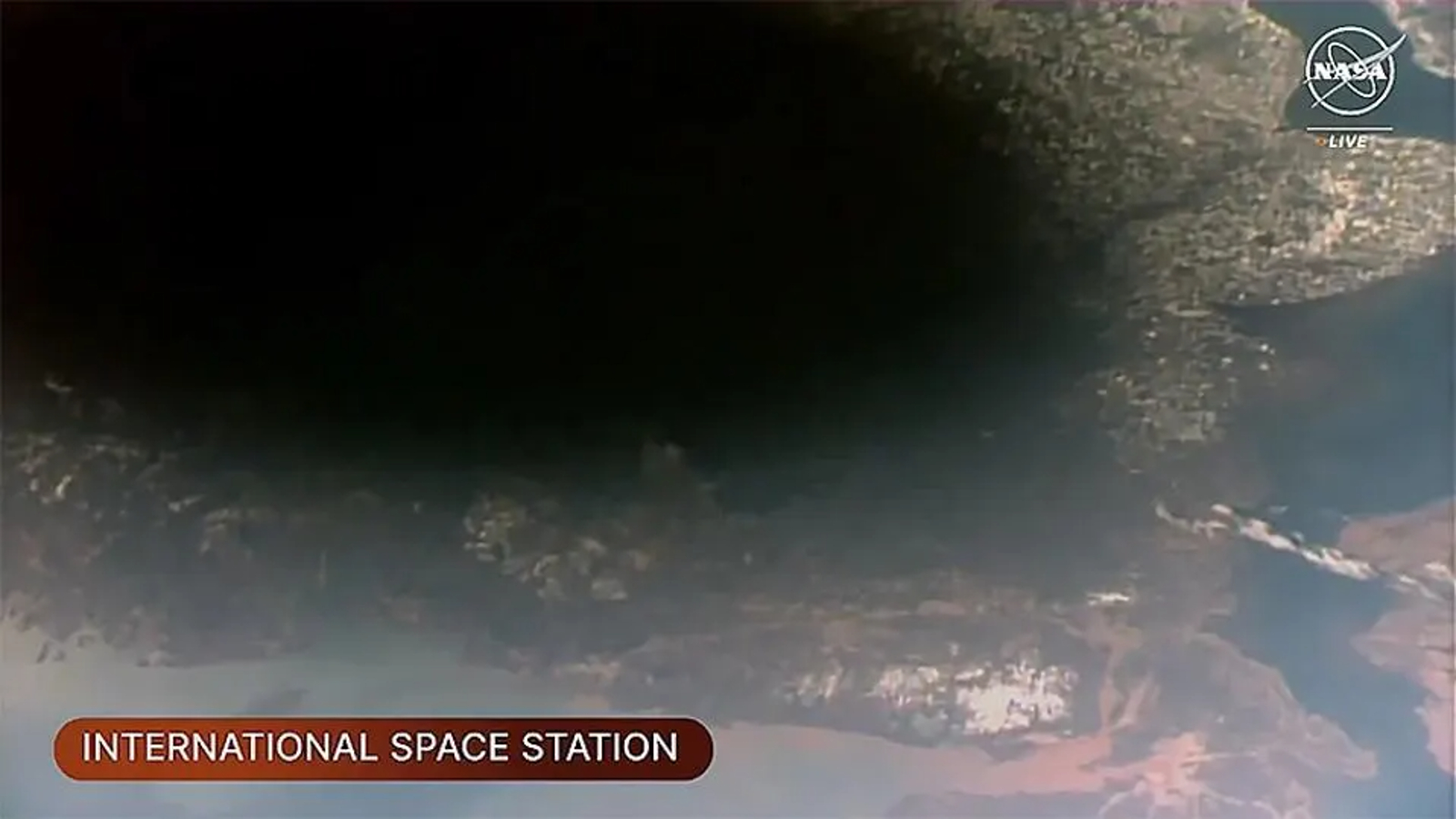
Photos from other spacecraft also provided alternative perspectives of the sweeping shadow.
NASA's Deep Space Climate Observatory (DSCOVR) captured video of the shadow moving across the globe from its position, roughly 1 million miles (1.6 million kilometers) from Earth. And astronauts onboard the International Space Station (ISS) also snapped up-close photos of the shadow from around 260 miles (418 kilometers) above our planet's surface.
Sign up for the Live Science daily newsletter now
Get the world’s most fascinating discoveries delivered straight to your inbox.
A unique event
Several strange phenomena can occur during a total solar eclipse, and 2024 was no exception.
Many observers spotted pink or red spots around the sun's obscured disc. Some people wrongly assumed that these were solar flares exploding from the sun. Experts later revealed that these were solar prominences — plasma plumes that tower above the sun but do not explode outward.
On the same day as the eclipse, astronomers also discovered a tiny sungrazer comet dive-bombing toward the sun. The newly spotted object was then photographed during totality, before it was destroyed by our home star just a few hours later.
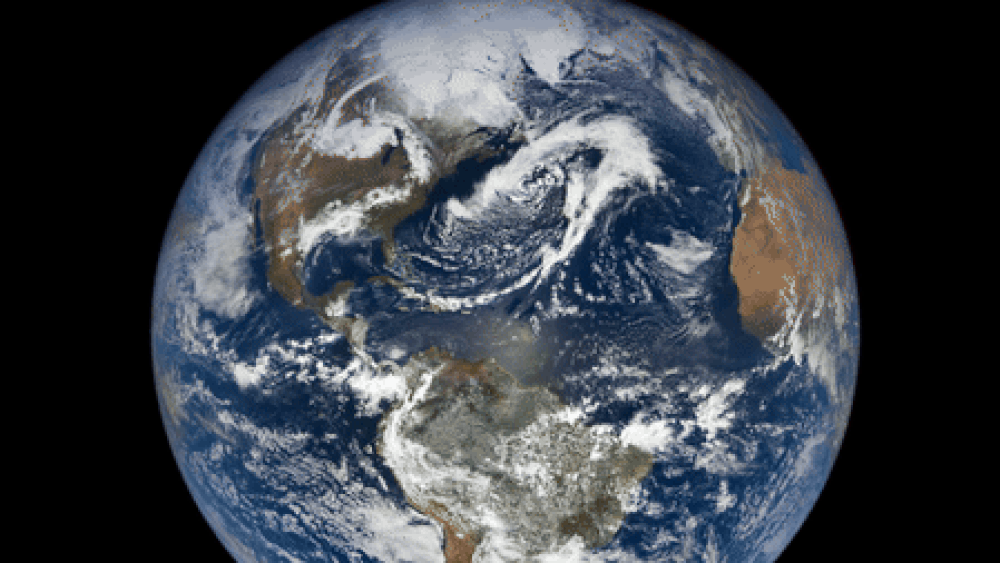
One of the most bizarre effects observed was a subtle shift in global time signals sent and received by communication centers across North America as the sun's shadow cooled the upper atmosphere, slightly altering how radio signals bounced off this part of our planet. However, the changes were too small to impact any time-keeping devices.
Several other unusual things were seen during totality, including disappearing clouds, daytime-visible planets, changes to color perception and optical effects around the sun as seen from Earth, such as "Baily's beads" and "diamond rings." Some wild and captive animals also appeared to be confused as the skies turned dark.
The world's next total solar eclipse will occur on Aug. 12, 2026 and will be most visible from parts of Greenland, Iceland and Spain.

Harry is a U.K.-based senior staff writer at Live Science. He studied marine biology at the University of Exeter before training to become a journalist. He covers a wide range of topics including space exploration, planetary science, space weather, climate change, animal behavior and paleontology. His recent work on the solar maximum won "best space submission" at the 2024 Aerospace Media Awards and was shortlisted in the "top scoop" category at the NCTJ Awards for Excellence in 2023. He also writes Live Science's weekly Earth from space series.
You must confirm your public display name before commenting
Please logout and then login again, you will then be prompted to enter your display name.



